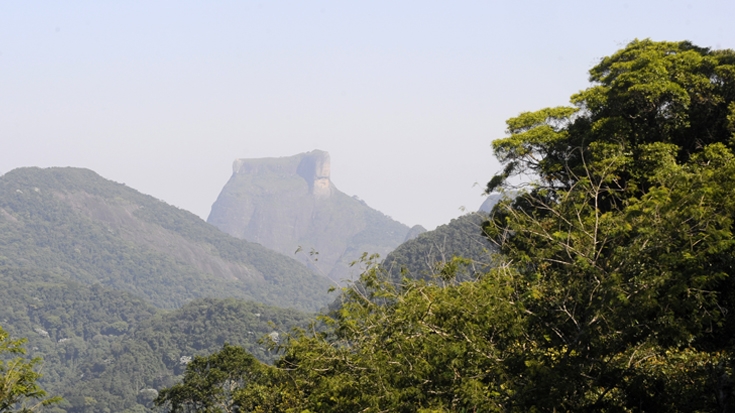Brazil, Latin America’s greenest country, faces a paradox in that much more flora is in danger of extinction than originally thought, with potentially devastating consequences for the environment and society.
A new study reveals that 2,118 species are at risk of extinction in Brazil, a number five times higher than the current official list, according to experts. “We still need to know the extinction risk of all 43,000 species of flora, but at least we have a start,” says biologist Gustavo Martinelli, coordinator of the Livro Vermelho da Flora do Brasil [Red Book of Brazilian Flora] (2013), which has just won the country’s most prestigious literary prize, the Jabuti (land turtle).
What does this situation mean for society? Martinelli responds in practical terms: “All species threatened by extinction represent an economic and social consequence,” he says. The book was an important effort to quantify Brazil’s plant wealth and the award is an unprecedented acknowledgement of scientific research in conservation. The study also describes plants and trees used to make furniture, medications, cosmetics and other industrial goods, or simply for decoration.
Extinction outpaces science
The problem, not only in Brazil but throughout the world, is that species become extinct much faster than scientists can identify and describe new species.
Experts estimate that between 10 percent and 20 percent of angiosperms (plants with flowers and fruits) remain unknown. By contrast, the rate of extinction is currently 1,000 times higher than the level recorded in the past, according to the book’s authors. Moreover, until 2012, just 14,500 global species had been included on the Red List of Threatened Species of the International Union for Conservation of Nature (IUCN).
The book, which was partly funded by the World Bank and the Global Environment Facility (GEF), includes four years of studies and analyzes 4,619 species, representing nearly 10 percent of native plants. While this does not seem to be many species, it is in fact a significant number, especially considering that extensive research has not been conducted for a very long time. The most similar existing study is Flora Brasiliensis, which was published in 1906.

